What do you think of this new idea?
Flying in the face of a funding ban, research centers move ahead with developing human-animal chimeras.
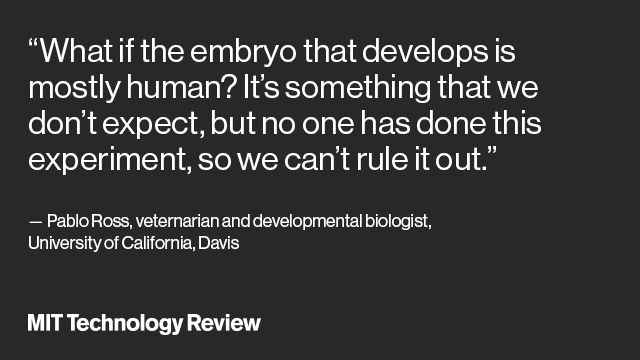
What do you think of this new idea?
Flying in the face of a funding ban, research centers move ahead with developing human-animal chimeras.

Bone-foam is about to make broken bones a thing of the past.

As we explore opportunities in space to colonized or even expand business opportunities in space such as mining, and discovering materials that could be brought back to earth to use; it will be important for scientists and researchers to look at ways in how technologies like CRISPR, nanobots, synthetic implants, etc. can assist in mitigating the impacts on humans in space.
A new report commissioned by NASA highlights many of the risks connected with one of the agency’s major goals: putting more humans in space for longer periods of time.
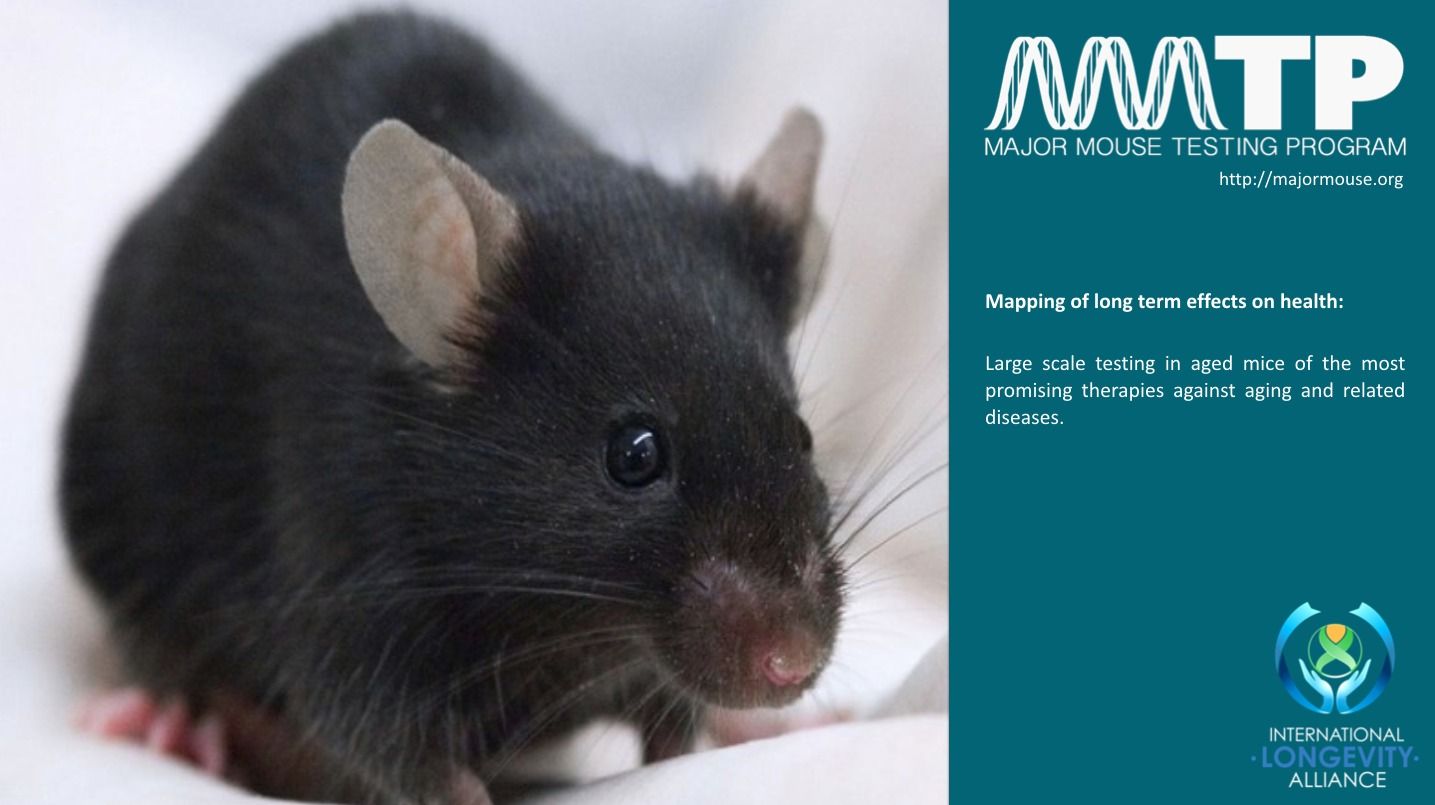
The MMTP is testing Senolytics in an ambitious large scale mouse longevity project.
The goal of regenerative medicine is both quantity and quality whilst traditional medicine has provided quantity often at the cost of quality. Regenerative medicine proposes to reduce the frailty and decline of old age by rejuvenating the body and promoting healthy longevity. With advances in technology, research and our understanding of the aging process, this is now becoming a realistic proposition.
Some drugs already tested have been found to increase mouse lifespan such as Metformin 1,2 and Rapamycin 3.These drugs are even now moving into human clinical trials to see if the above benefits translate into people. However, there are many more promising substances that have never been properly tested and we do not know if they could extend healthy lifespan.
How fast science advances depends on how much quality research is being conducted. Currently there are few high impact studies investigating lifespan initiated each year and with so many promising substances to test this is all a painfully slow process. The Major Mouse Testing Project [MMTP] is aiming to help by rapidly testing compounds and speeding up progress.

Truly a potential bummer for Car-T as a result of the risk in creating immune defiancy disease such as CRS.
A win and loss for marijuana, a big advance in Alzheimer’s disease, and the next big thing are among some of the market-moving things I expect to see happen this year.
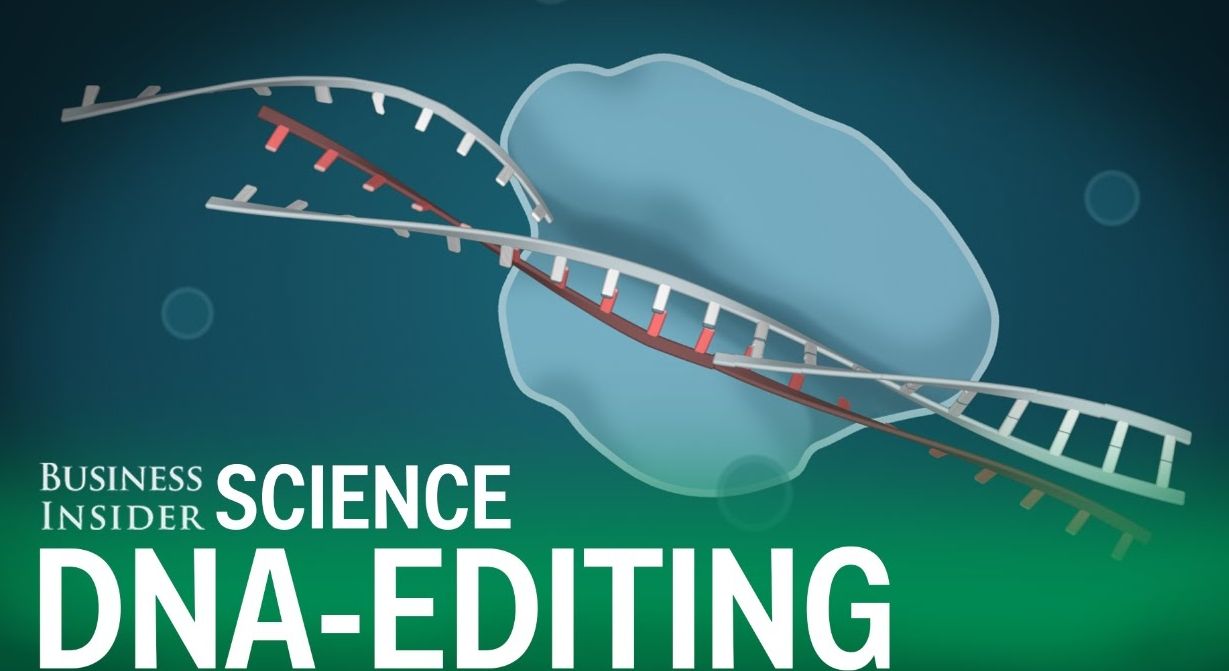
Carl Zimmer, a science journalist, explains how the revolutionary new genome-editing tool CRISPR works.
Zimmer is a columnist for The New York Times and the author of “A Planet of Viruses.”
Follow BI Video on Twitter: http://bit.ly/1oS68Zs
Follow BI Video On Facebook: http://on.fb.me/1bkB8qg
—————————————-———
Business Insider is the fastest growing business news site in the US. Our mission: to tell you all you need to know about the big world around you. The BI Video team focuses on technology, strategy and science with an emphasis on unique storytelling and data that appeals to the next generation of leaders – the digital generation.

A new class of sound wave has been developed for the first time in 50 years that could revolutionize the use of stem cells in medical treatments.
This new class can be used as a “supervaccine” that can deliver vaccines and other medicines directly to the lungs in record time.
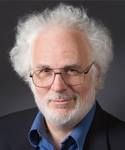
Dr Millers paper here hits the nail on the head for me about aging research and how we can speed it up.
“The time spent by gerontologists debating whether aging is a single process or many would be better devoted to trying to figure out the mechanistic links between the master clock whose existence is strongly suggested by the unitarian argument and the many cell-specific, organ-specific, and organism-wide processes that march in crude synchrony at species-specific rates.”
Yes! This is exactly the attitude to take. Too much debate and argument instead of buckling down and getting the research done to prove or disprove aging hypotheses. Cut to the chase and lets just do it.
However, in recent decades, scientific researchers in the field of aging, have found that it is indeed possible to slow down aging in animal test subjects!
This can be done by various means, including dietary and genetic interventions.
One of the most noteworthy researchers in the field is Dr Richard Miller.
The MMTP introduces – Dr Richard A Miller.
Dr Richard Miller MD, PhD, Is a professor of pathology at Michigan University, director of the Nathan Shock centre for biological aging and director of the Paul F Glenn centre for aging research.
He graduated Haverford college in 1971 with a BA, then went on to gain an MD and PhD at Yale University.
Dr Miller has held his current position at Michigan University since 1990.
He has acted as advisor for both The National Institute On Aging, and The American Federation For Aging Research.
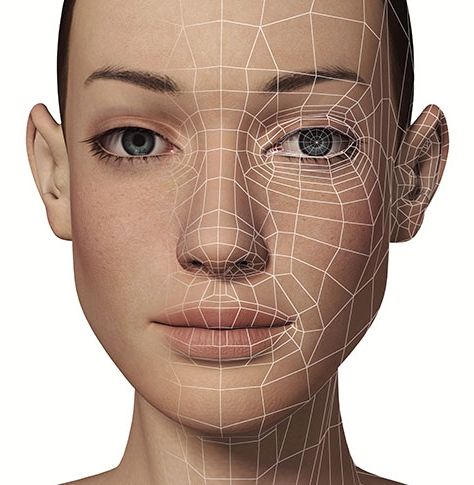
Analyzing expressions is an increasingly hot topic among tech companies.
It’s not clear what it plans to do with it yet, but Apple has gobbled up a startup whose technology can read facial expressions.
The tech giant has reportedly acquired Emotient, a San Diego-based company that uses artificial technology to detect emotion from facial expressions, Apple confirmed to The Wall Street Journal. The company’s technology has primarily been used by advertisers, doctors, and retailers, though it’s not clear what Apple AAPL 0.66% plans to do with it.
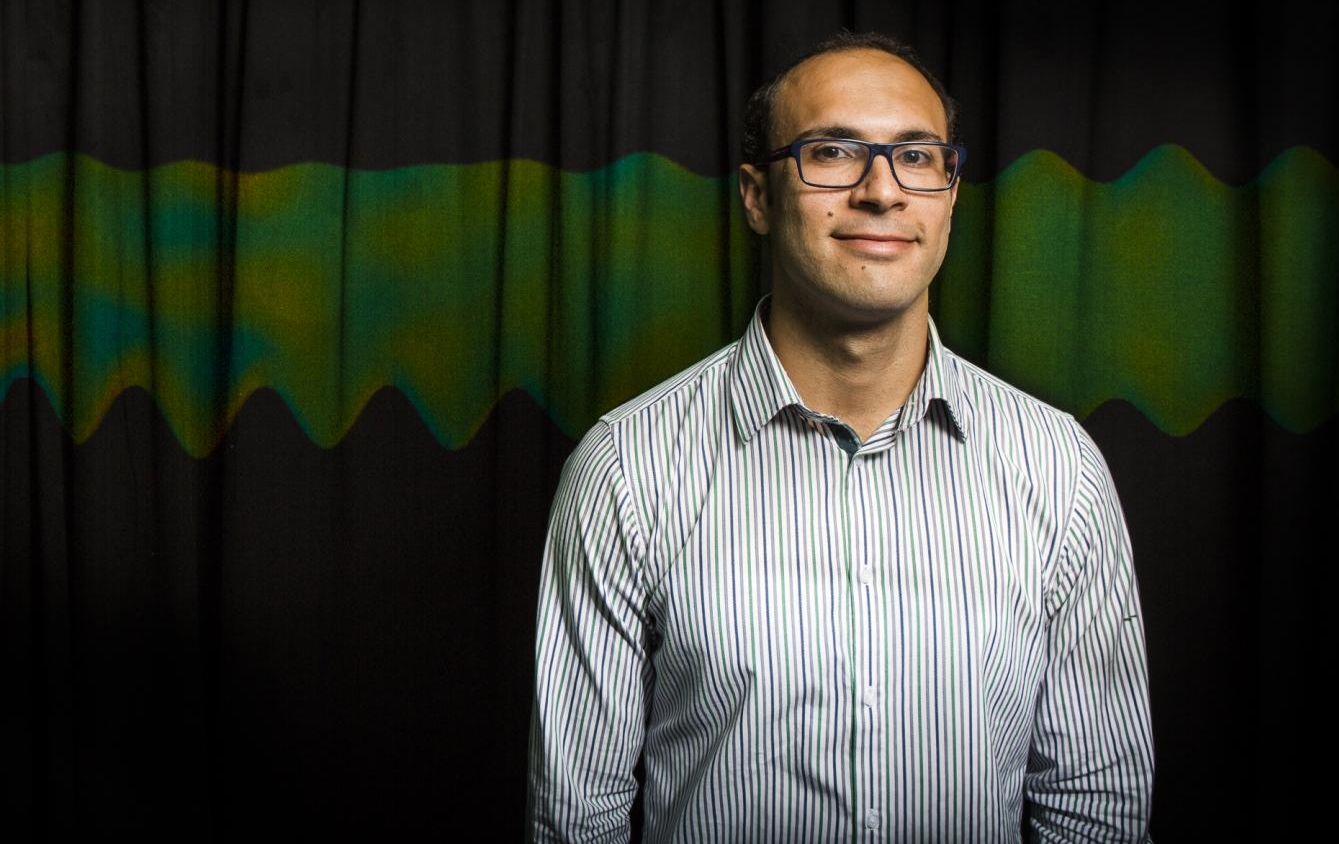
Yelling at stem cells.
Acoustics experts have created a new class of sound wave — the first in more than half a century — in a breakthrough they hope could lead to a revolution in stem cell therapy.
The team at RMIT University in Melbourne, Australia, combined two different types of acoustic sound waves called bulk waves and surface waves to create a new hybrid: “surface reflected bulk waves”.
The first new class of sound wave discovered in decades, the powerful waves are gentle enough to use in biomedical devices to manipulate highly fragile stem cells without causing damage or affecting their integrity, opening new possibilities in stem cell treatment.